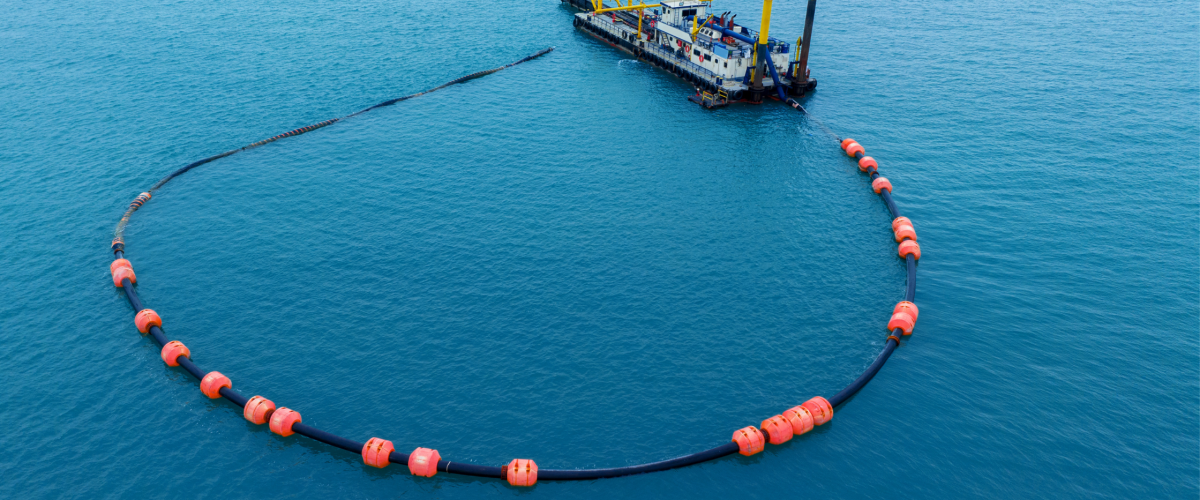In recent years, there have been significant advancements in oil spill cleanup technology aimed at minimizing the environmental impact of spills and improving the efficiency of cleanup operations.
Here are some key environmental innovations in oil spill cleanup technology:
1. Bioremediation: Bioremediation involves using microorganisms, such as bacteria and fungi, to break down and degrade oil pollutants into harmless byproducts. Bioremediation techniques can be applied directly to oil-contaminated sites, such as beaches, marshes, and mangroves, or used in bioreactors to treat oil-contaminated water. Advances in bioremediation technology have led to the development of specialized microbial strains and enzyme formulations that are highly effective at degrading various types of oil.
2. Biodegradable Sorbents: Traditional sorbents, such as booms, pads, and dispersants, are often used to absorb or contain oil spills on the water surface. However, many conventional sorbents are made from synthetic materials that can persist in the environment and pose risks to wildlife. Biodegradable sorbents made from natural materials, such as cellulose, wool, and coconut husks, offer a more environmentally friendly alternative for oil spill cleanup. These sorbents are designed to absorb oil while degrading naturally over time, reducing the need for disposal and minimizing ecological impacts.
3. Oleophilic/Oleophobic Materials: Oleophilic (oil-attracting) and oleophobic (oil-repelling) materials are engineered to selectively capture oil while repelling water, making them effective for oil spill cleanup in marine environments. These materials can be applied as surface coatings on equipment, barriers, and containment booms to enhance oil recovery and prevent the spreading of the spill. Additionally, oleophilic materials can be used in skimmers and absorbent materials to improve the efficiency of oil recovery operations.
4. Nano-Scale Materials: Nanotechnology has enabled the development of advanced materials with unique properties that enhance oil spill cleanup effectiveness. Nano-scale materials, such as nanoparticles, nanofibers, and nanosponges, have high surface area-to-volume ratios and can be tailored to selectively adsorb or encapsulate oil molecules. These materials can be deployed as part of sorbents, membranes, and filters to capture oil contaminants from water or soil with greater efficiency and precision.
5. Remote Sensing and Monitoring: Advances in remote sensing technologies, such as satellite imagery, aerial drones, and autonomous underwater vehicles (AUVs), have revolutionized the monitoring and assessment of oil spills in real-time. These technologies enable rapid detection and mapping of oil slicks, tracking of spill movement and trajectory, and assessment of environmental impacts. Remote sensing data can inform decision-making and response efforts, helping to prioritize cleanup actions and minimize ecological damage.
6. Natural Dispersants and Surfactants: Traditional chemical dispersants are often used to break up oil slicks and facilitate the dispersion of oil into the water column, where it can be naturally biodegraded by microorganisms. However, some chemical dispersants can be toxic to marine life and have long-term environmental consequences. Researchers are exploring the use of natural dispersants and surfactants derived from plant-based or microbial sources as safer alternatives for oil spill response. These natural compounds can help to enhance oil dispersion and biodegradation while minimizing harm to marine ecosystems.
7. Integrated Response Systems: Integrated oil spill response systems combine various technologies, tools, and strategies to address oil spills comprehensively and effectively. These systems incorporate elements such as containment and recovery equipment, dispersants and sorbents, shoreline protection measures, and monitoring and assessment protocols. By integrating multiple response techniques and resources, these systems can adapt to different spill scenarios and minimize the environmental impact of oil spills.
Overall, environmental innovations in oil spill cleanup technology are focused on enhancing the effectiveness, efficiency, and sustainability of response efforts while minimizing ecological harm and promoting ecosystem resilience.
By leveraging advances in biotechnology, materials science, remote sensing, and integrated response systems, researchers and practitioners are continuously improving our ability to mitigate the environmental impacts of oil spills and protect sensitive marine ecosystems.
Read more on Sparkview Energy:
Natural Gas Vehicles (NGVs): A Cleaner Alternative for Transportation
The Future of Offshore Oil Platforms: Innovations in Design and Sustainability
Harnessing the Potential of Renewable Energy in 2024 and beyond

